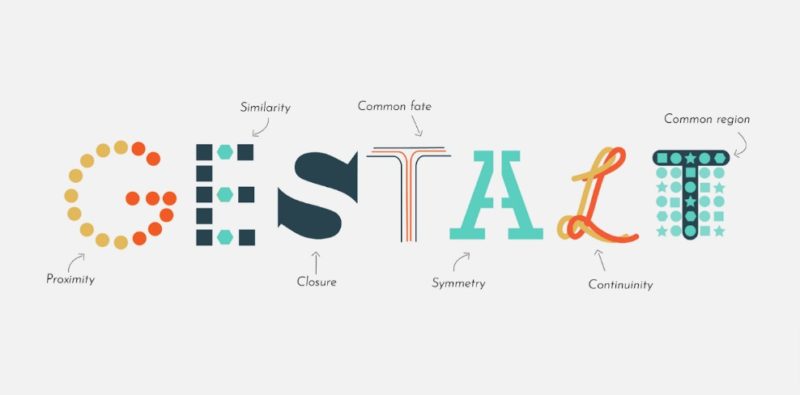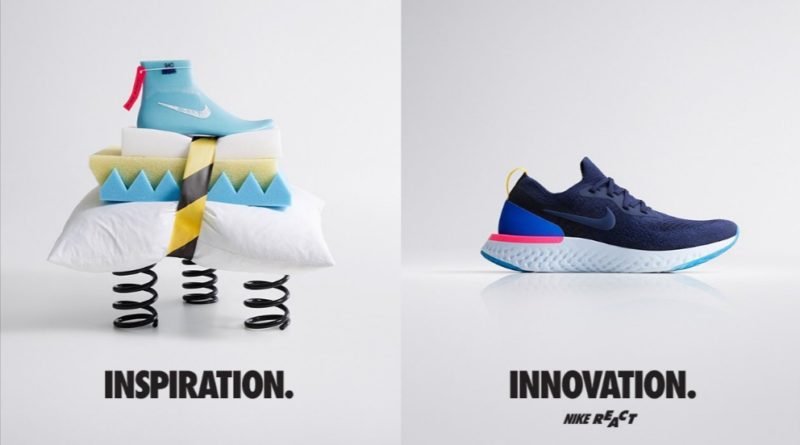Dealing cards from the bottom of the deck
With an understanding of the Gestalt Principles and how they influence our perceptions, we can proactively utilise them to shape consumer behaviour and sentiment. A practice Harrison Smith likes to compare with dealing cards from the bottom of the deck.
It was during my years studying psychology at university in which I was first made familiar with the concept of the Gestalt Principles. A concept that unbeknownst to me were rules for the way in which we as cognitive beings organise, perceive and make sense of our environment and surroundings. It led me on the path of questioning that if we can break down the aspects of perceptual inputs (auditory, somatosensory, visual etc) in such a scientific fashion, how can these then be applied on a macro level when considering consumer behaviour and media planning?
The Gestalt Principles were founded by Czechoslovakian psychologist Max Wertheimer along with the input of Wolfgang Köhler and Kurt Koffa. To put it simply, they are a set of principles that explain the way in which we group things. The principles go on to explain that we typically perceive complex things in their most basic form. I like to draw comparisons to the philosophical reasoning tool Occam’s Razor. Not only in reasoning do we look for simple explanations, but also in perceiving. Gestalt Principles also introduced the idea that our perceptions of the world around us are not just reliant on stimuli itself but also our motivations and behaviors. The 6 main Gestalt Principles are:
- Prägnanz: This foundational principle states that we naturally perceive things in their simplest form or organisation.
- Similarity: This Gestalt principle suggests that we naturally group similar items together based on elements like colour, size, or orientation.
- Proximity: The principle of proximity states that objects near each other tend to be viewed as a group.
- Continuity: According to this principle, we will perceive elements arranged on a line or curve as related to each other, while elements that are not on the line or curve are seen as separate.
- Closure: This suggests that elements that form a closed object will be perceived as a group. We will even fill in missing information to create closure and make sense of an object.
- Common region/Common Fate: This Gestalt psychology principle states that we tend to group objects together if they’re located in the same bounded area. (For example, objects inside a box tend to be considered a group.)

With an understanding of these principles and how they influence our perceptions, we can proactively utilise them to shape consumer behaviour and sentiment. A practice that I like to compare with dealing cards from the bottom of the deck. That is, influencing a certain outcome through forced perception in a contextually relevant environment.
But what does this application look like in practice? The immediate thought is that for rules mainly based on visual perception, it makes sense to design brand logos with these principles in mind.
In a 2013 study by 4 students at Iowa State University, Rodriguez et. al sought to determine the effect that the Gestalt Principles had on prospective travellers when considering the country’s tourism icon. A total of 154 logos were collected and rated based on how well they fit the criteria of the Gestalt Principles. Based on these scores, the logos were given high, medium or low gestalt attributes. It was found that logos with high to medium Gestalt attributes would elicit a greater recognition to visit that country when compared to their low Gestalt attribute counterparts. That is to say that by forcing these rules of human perception in logo design, these countries could influence a certain outcome which in this case was intent to travel.
Pulling back to a more macro level, how can these principles be introduced at a brand identity level, past the point of visual perception.
In a TedX talk from marketing strategist Darcy McGilvery, McGilvery explains how Gestalt Principles can not only influence, but also predict marketing success. He questions how we determine Good Marketing vs Bad Marketing. The answer? Gestalt Principles. Now, of course Good vs Bad is inherently subjective. There are many perfectly viable directions to take in marketing. When it comes to making the decision on which direction to take, sometimes marketers are guilty of being led down the garden path. However, by applying these rules of perception, we can formulate a base in which we can to a degree predict successfulness in marketing campaigns.
McGilvery discusses the issue of politics in the hidden backend of marketing in order to develop a truly inspiring brand direction. At the end of the day, consumers benefit when brands achieve equilibrium between the principles of Gestalt. An organised whole that is perceived as more than just the sum of its parts. Consumers don’t see the marketing backend, they see the successful outcome. In marketing, it is not enough to have a myriad of good ideas. The real skill of marketing for brands is in fostering these collective ideas into a holistic and successful output. This is where a Gestalten approach to media planning can make the difference between a good campaign and a successful campaign. What does your brand stand for? How can you exhibit this through each campaign?

Let’s take a big brand with a consistent message between its marketing pillars, Nike. The Gestalt in the consumer’s mind that they have built is more than shoes. It is more than fleeting marketing offers, sales on clothing or a swoosh. It is a larger message that is inbuilt into all of their marketing communications. Nike’s Gestalt is broken down simply into 2 words: Innovation & Inspiration. Whether through their style, performance or community engagement; these principles are adhered to at all times. They build upon the Gestalt principles by keeping these 2 words at the heart of every campaign.
How can smaller brands achieve similar outcomes?
Digital marketing specifically has grown exponentially in the last 20 years. Brands now have unlimited access to niche consumer audiences without the need for an endless budget. Through consistency in marketing approach and message, brands can now build upon the Gestalt by fostering a vision that is consistently shown to consumers. If a brand was a deck of cards then by dealing from the bottom of the deck and forcing a congruous message between all of your campaigns you can build similarity and recognition of your vision between campaigns. Proximity of message to consumer. Continuity of your brand message. Closure between product/outcome and brand. A common fate between product and vision. Finally, by building upon the rule of Prägnanz, consumers will see your brand in its simplest form, its vision.
These are all great sweeping statements that apply to a macro brand level but how do they apply to the day to day planning and strategy of marketers?
The answer can be found in exactly that, the plan and strategy. The days of following the consumers are ephemeral. Although social platforms like TikTok, Instagram and Pinterest may have the large user bases, they might claim to have numbers that rival that of Google or that the particular segment that you’re planning to target over indexes a convenient amount on their site, does it make sense with brand vision and sentiment to appear there? Will a consumer be able to draw a cohesive brand message between your YouTube bumper ads and the OOH you booked? We as marketers should be questioning the role of channel in a deeper fashion than simply “Is our audience on the platform”. If we want to move away from short term ROI, we need to start thinking in long term Gestalten planning. Should we leave the cards that consumers are dealt up to chance, or should we deal the cards that we want consumers to receive.

Harrison Smith, a digital manager at PHD in Melbourne

